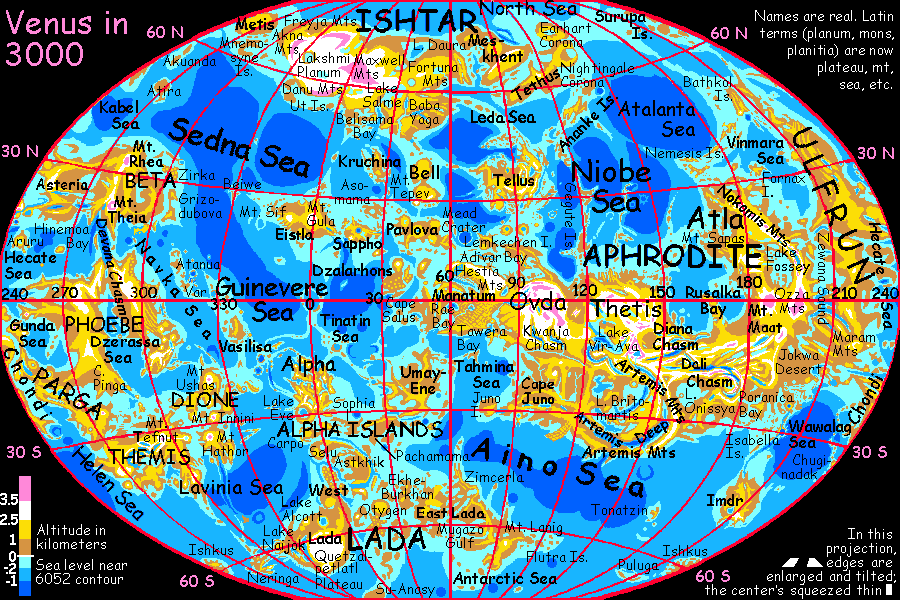Venus reflects most of the sunlight that hits it.
The % of sunlight reflected from a body is called the albedo.
https://en.wikipedia.org/wiki/Albedo
Venus has a high albedo!
The albedo of Venus is close to .7, meaning it reflects about 70
percent of the sunlight striking it. When the moon is close to full in
Earth’s sky, it can look a lot brighter than Venus, but the moon
reflects only about 10 percent of the light that hits it...
Venus is bright (it has a high albedo) because it’s blanketed by
highly reflective clouds. The clouds in the atmosphere of Venus
contain droplets of sulfuric acid, as well as acidic crystals
suspended in a mixture of gases. Light bounces easily off the smooth
surfaces of these spheres and crystals. Sunlight bouncing from these
clouds is a big part of the reason that Venus is so bright.
https://earthsky.org/space/brightest-planet-brightest-mirrors-venus#:~:text=The%20albedo%20of%20Venus%20is,the%20light%20that%20hits%20it.
Earth has an albedo of 30%. Daylight brightness in the original OP was calculated by distance from the sun. So if Earth is 1 and Venus is 2.23, 70% of 1 (subtract the light reflected according to albedo) is 0.7 and 30% of 2.23 is 0.669. Just about the same!
Yes - new Venus is not the old Venus! It is different! I could imagine that the terraforming enterprise would change the sulfuric acid cloud cover of Venus, and so reduce the albedo. The problem I have answering is that I have no idea how one would terraform Venus or what this terraformed and so radically different Venus is like.
In the end: my proposal is that one can keep Venus cool and in the shade by keeping a high albedo either through preserving the clouds that are there, or thru terraforming jiggerypokery.

